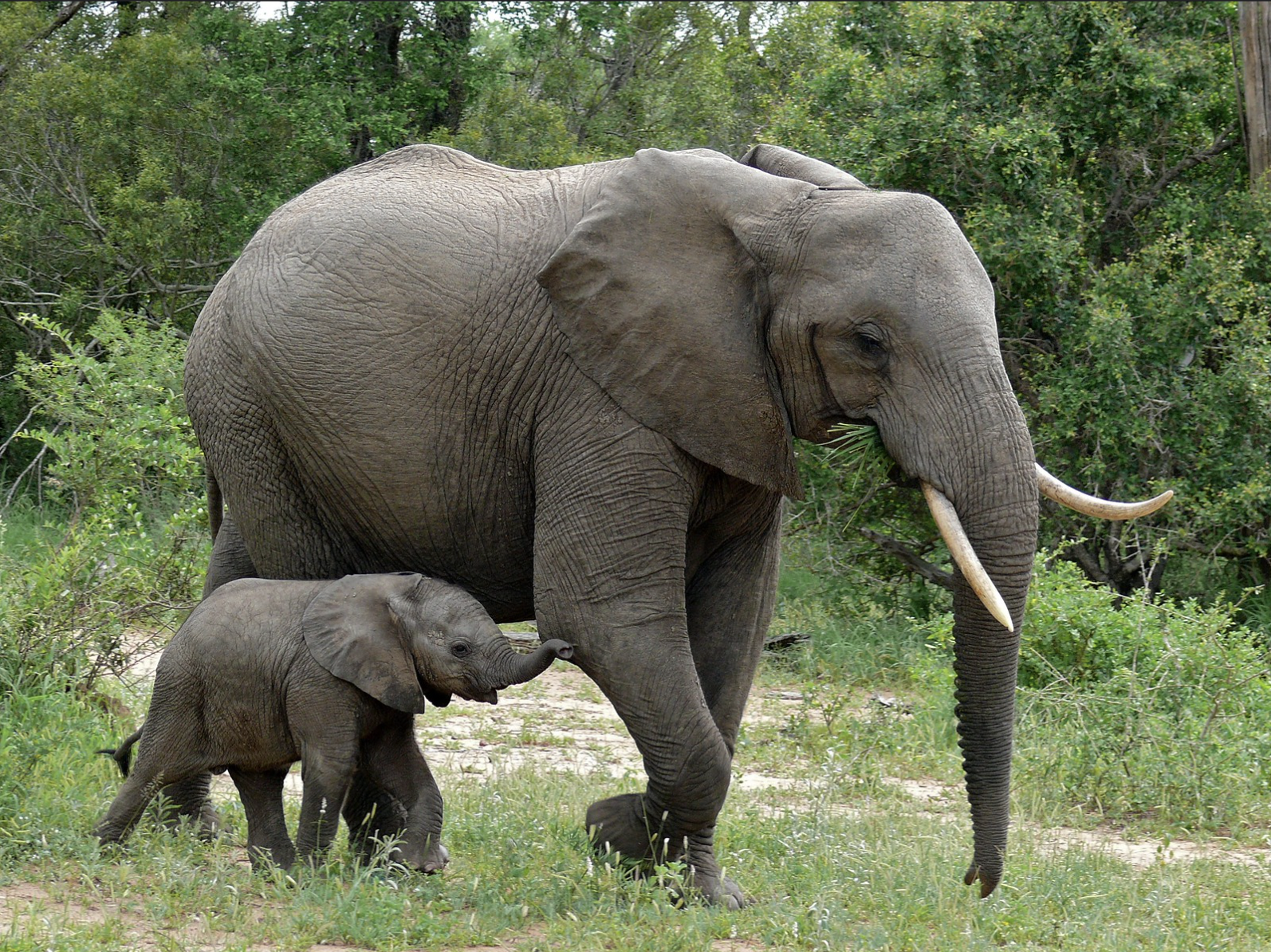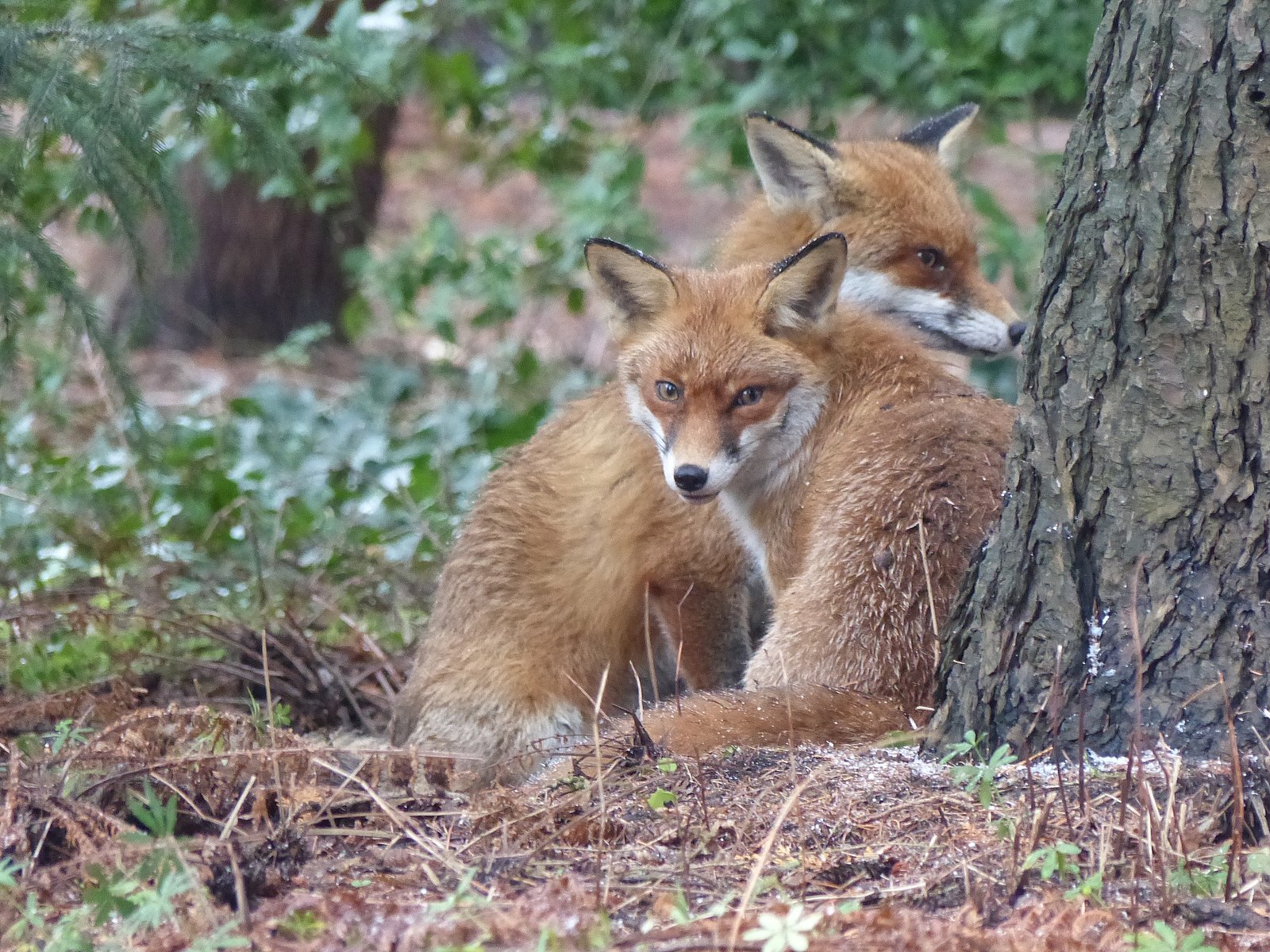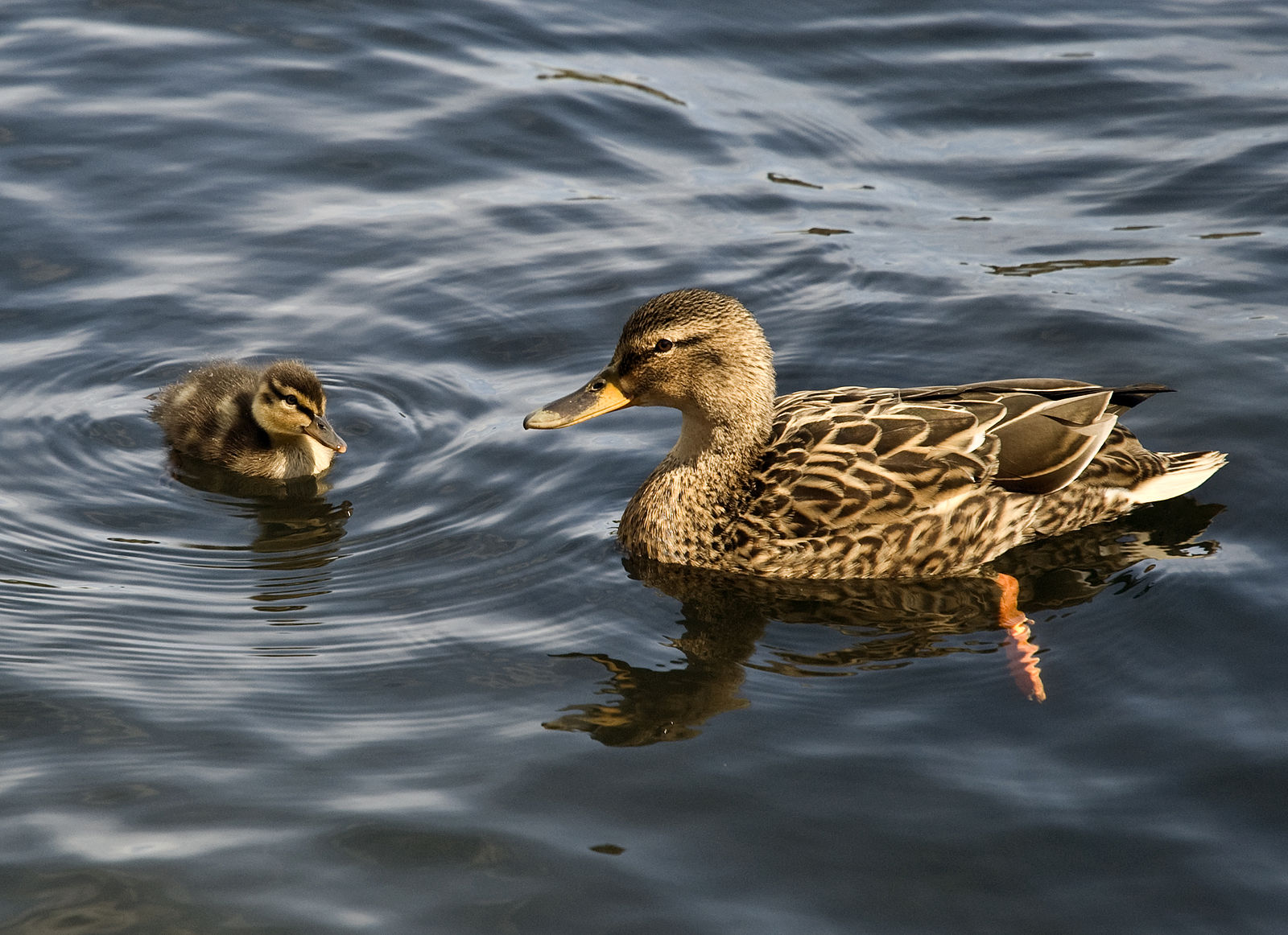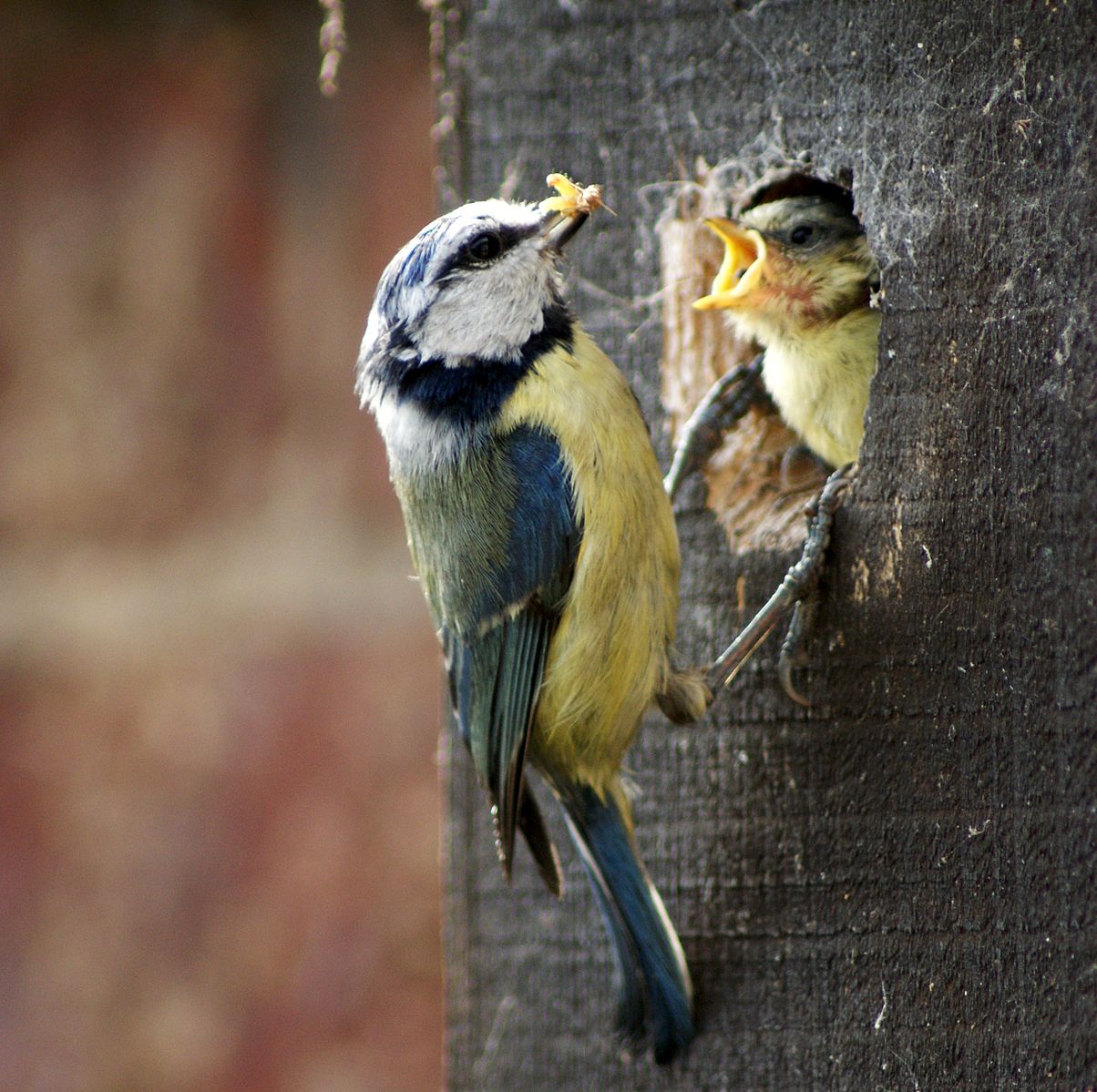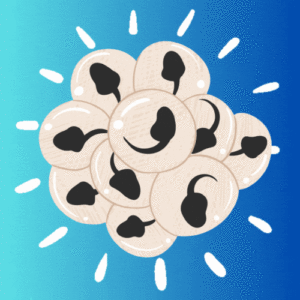
Learn why there are so many tadpoles in your pond and why frogs lay so many eggs.
Mating
During spring, male and female frogs meet at ponds to mate. During the mating season you can find some ponds full of frogs, like in the picture below!
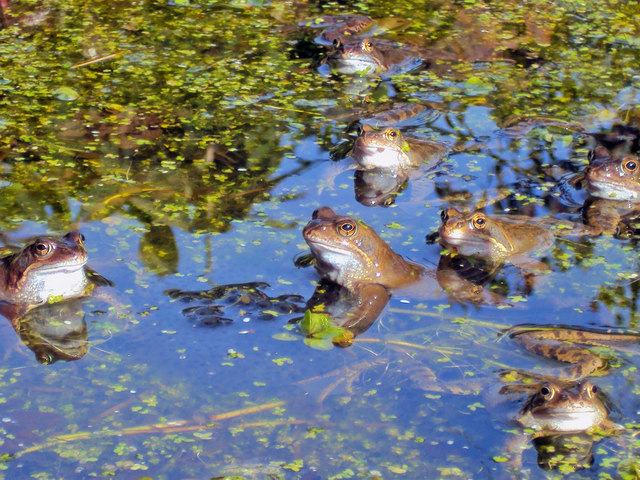
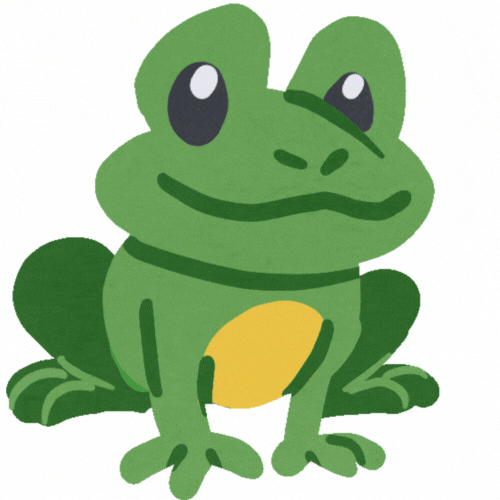
When they meet, frogs have to communicate with each other. One important way for frogs to do this is through singing. There are many different types of calls frogs can make and some are specifically used in finding a mate. Listen to some croaking calls of frogs below, provided by Darcy Kelly:
After singing to each other, frogs can begin to mate. The male frog will position itself on top of the female near its hind legs. Look at the photos below- notice the female is a different colour and much bigger than the male.
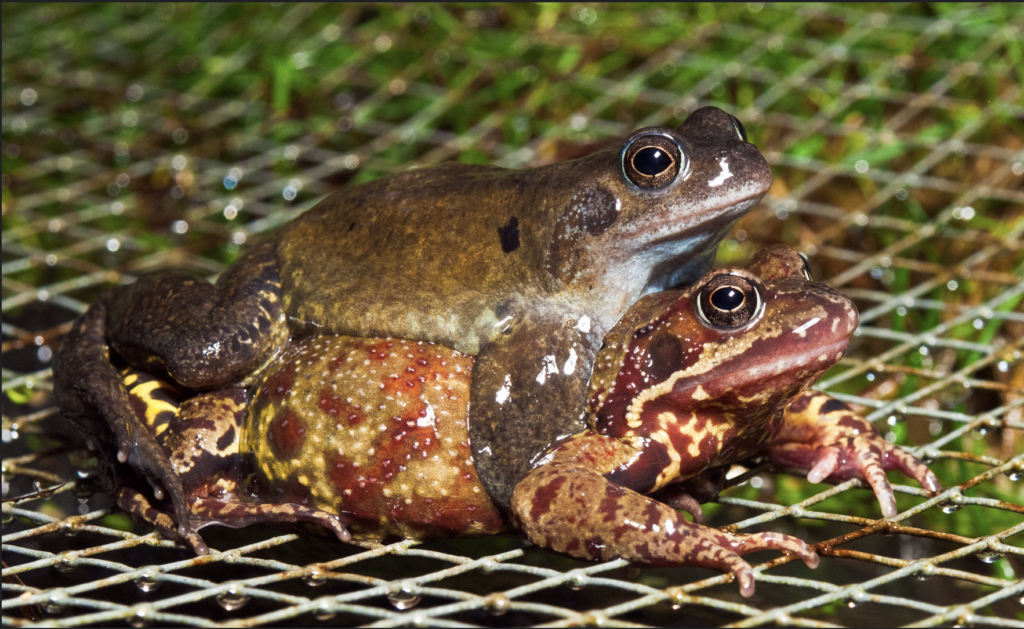
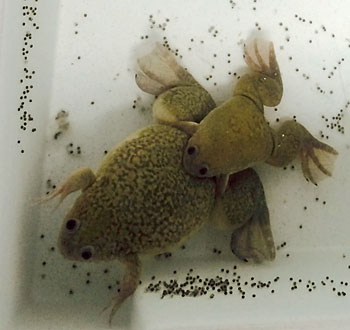
Frog Spawn
Once courtship has taken place, the female lays huge numbers of eggs and the male fertilises them as they are laid. A female can lay up to 4000 eggs!
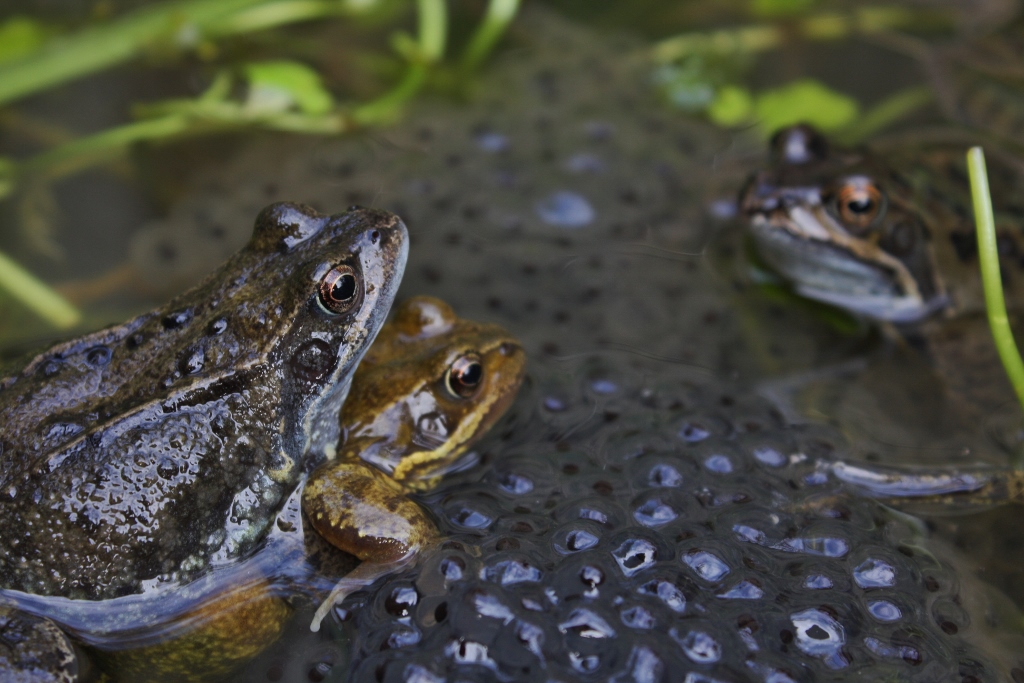
These eggs are called frog spawn and are laid in big clumps. The fragile developing tadpole is surrounded by a protective jelly layer, which also helps the frog spawn float on the surface of the water.
If you look closely at this picture you’ll see that it’s completely full of frog spawn!
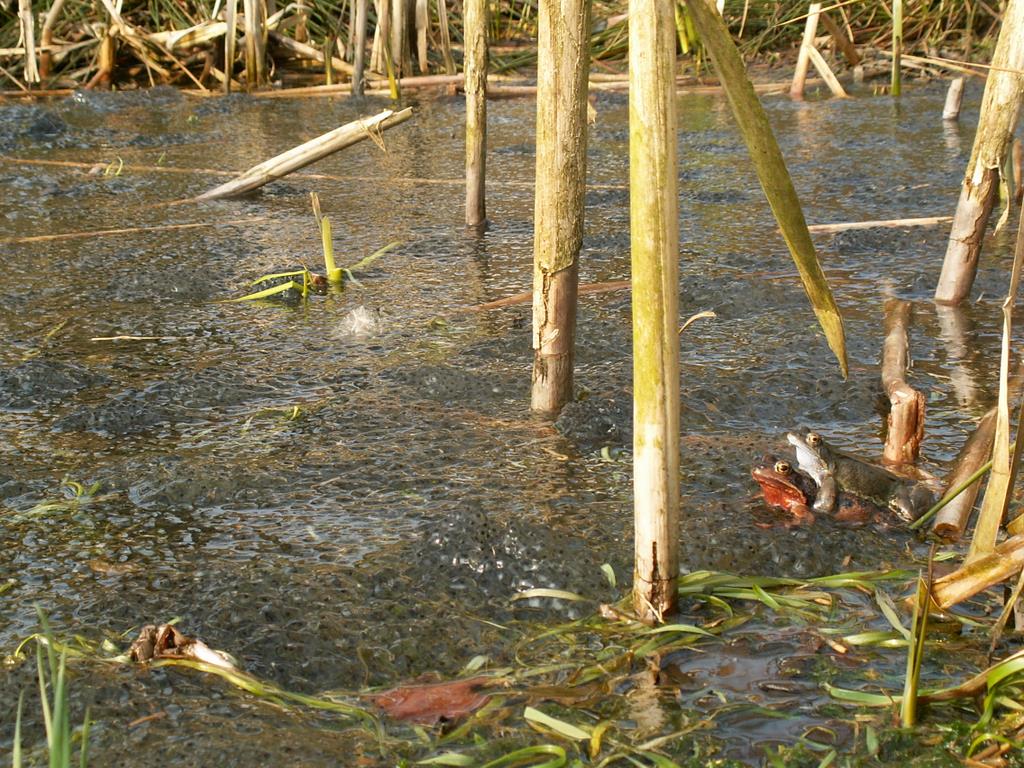
Once the eggs are laid and fertilised, both the parents leave the pond and the tadpoles develop without help from their parents. This links to why female frogs lay so many eggs!
So Many Eggs!
Many predators like to eat frog spawn. If everyone wants to eat your babies and you are not there to protect them, it’s a good idea to lay lots of eggs! Laying many eggs means more tadpoles will hatch and it will be more likely that some will survive.
It is thought that only 1 in 50 eggs makes it to become a froglet without being eaten. Those are not very good odds! At each stage in the picture below, many eggs and tadpoles are eaten. So not many surviving froglets leave the pond. Animals that eat tadpoles and frogs are predators. The tadpoles or frogs are therefore called the prey. You can learn more about tadpole predators here and look at amazing photos of tadpole predators here!
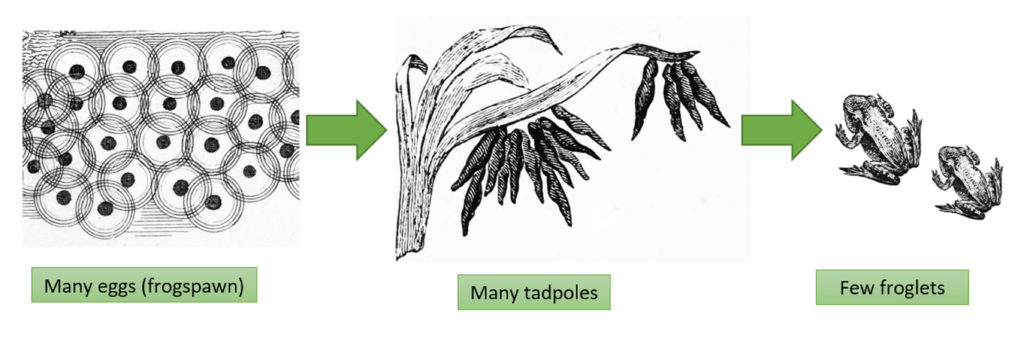
Care From Parents
When a mother or father looks after its offspring for some or most of its life, this is called parental care. Some animals provide a lot of care and protection for their offspring. This means feeding them, sheltering them and protecting them from harm or predators. Usually animals with fewer offspring provide more parental care and make more effort in making sure those offspring survive.
Some organisms do not look after their offspring.
Plants cannot physically look after their seeds which means less of these offspring will survive. To increase the chances of some surviving, they therefore produce lots. This is the same as frogs and other animals producing lots of eggs, so at least some of these offspring will survive.
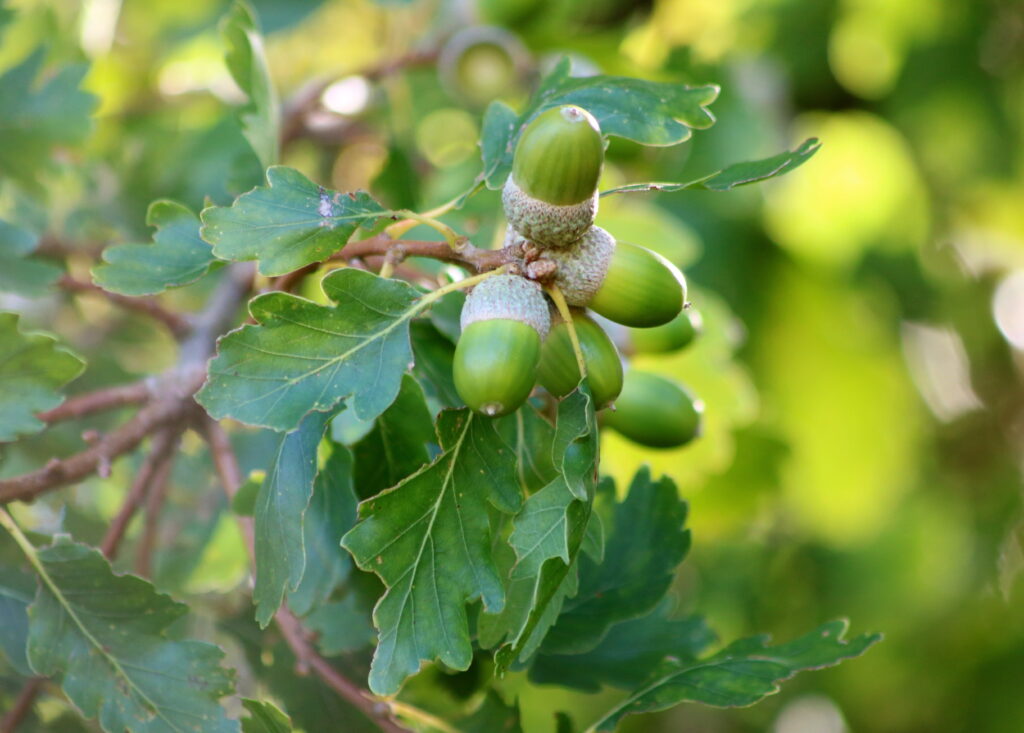
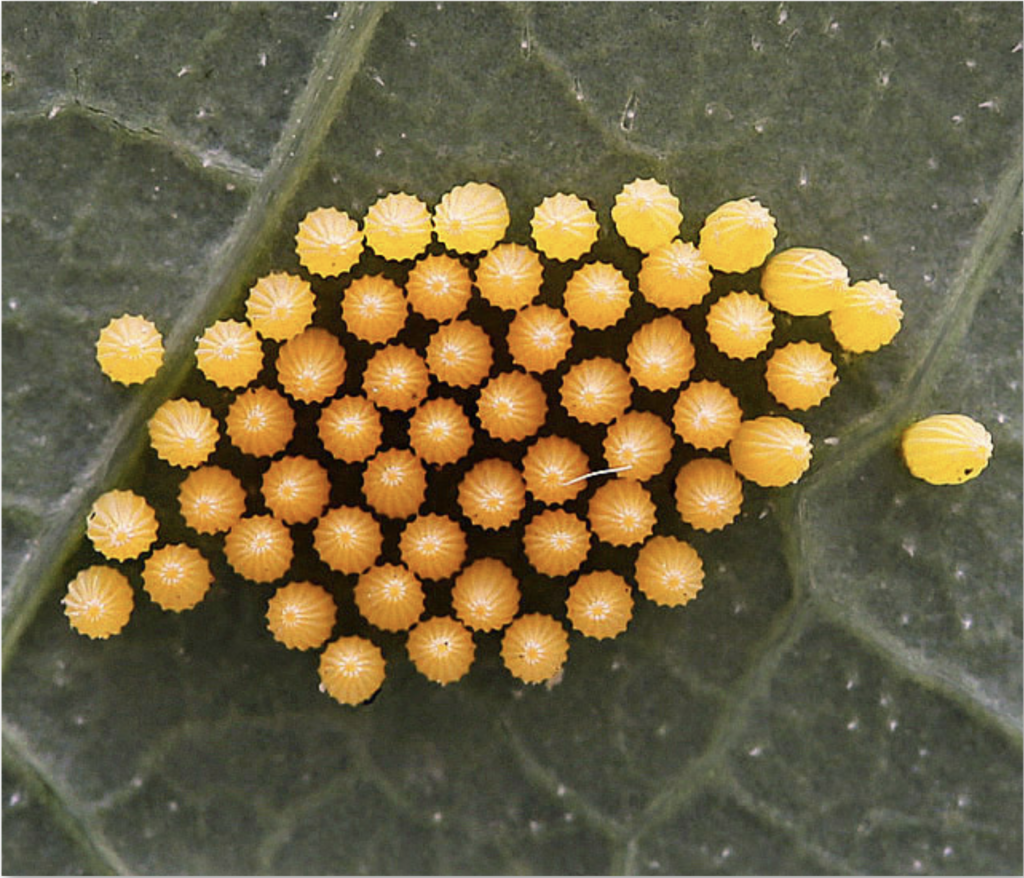
Quiz Time!
Results
We hope you know more about why female frogs lay so many eggs! Click here to explore more topics.
#1. What time of the year do frogs usually mate?
#2. What physical differences distinguish male frogs from female frogs? Choose all that apply.
#3. Fill in the blank: “A female frog can lay up to _____ eggs!”.
#4. What allows frog spawn to float on the surface of the pond?
#5. How many frog eggs are thought to survive and develop into froglets without being eaten?
Remember to attribute photographs, videos or work where appropriate! This is not needed unless used online, but if you’re unsure please refer to the creative commons licence rules. For media credits of the images above, please refer to the next page.


